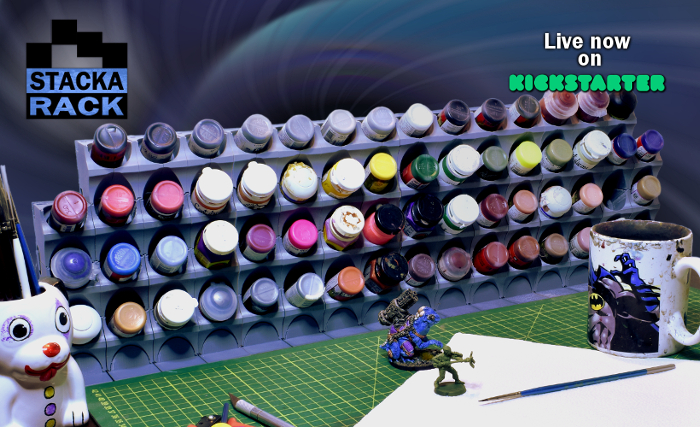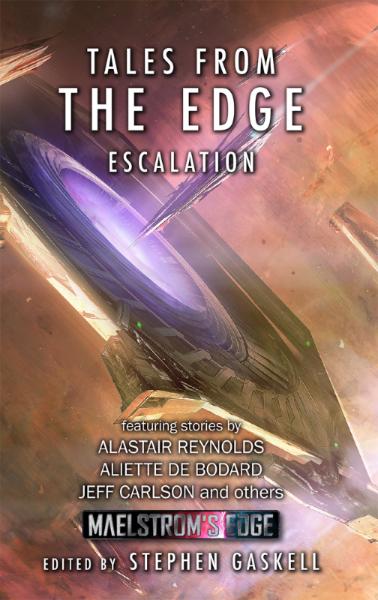StackaRack Kickstarter launches tomorrow!
Posted on Monday Apr 19, 2021 at 05:00pm in StackaRack
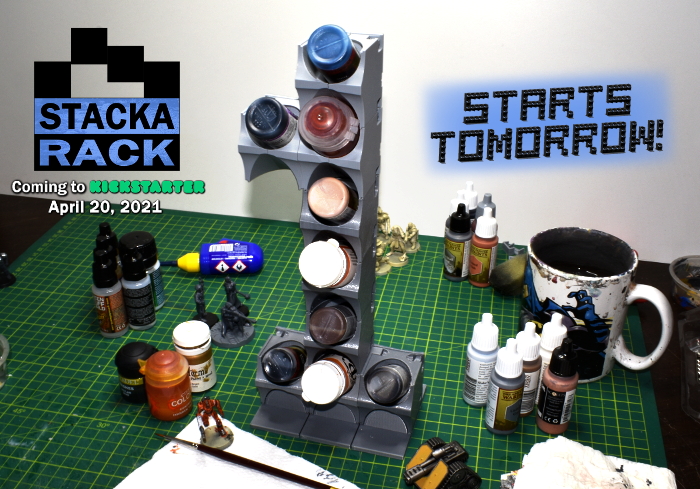
You can find the prelaunch page here. Click the 'Notify me on launch' button for a reminder when the project goes live.
You can also find the StackaRack on Facebook here. Like the page for news and updates as they happen!
StackaRack - Not Long Now!
Posted on Tuesday Apr 13, 2021 at 05:00pm in StackaRack
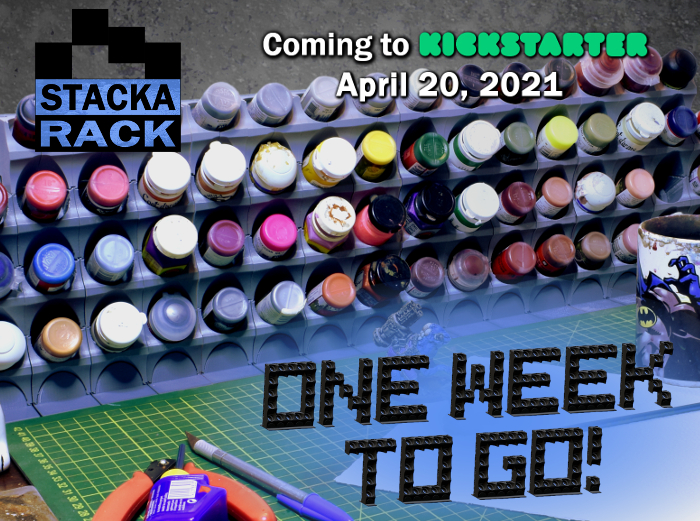
Hop on over the the prelaunch page here and click the 'Notify me on launch' button for a reminder when the project goes live.
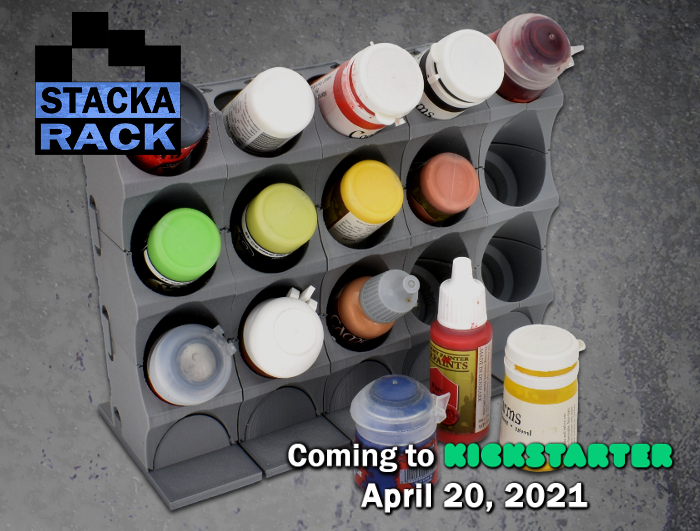
While that's going on, Maelstrom's Edge hasn't been forgotten. The next few releases are currently with the painter getting some colour in their lives. We're looking forward to getting these out to you. While you're waiting, here's a teaser of some things to come for the Broken!
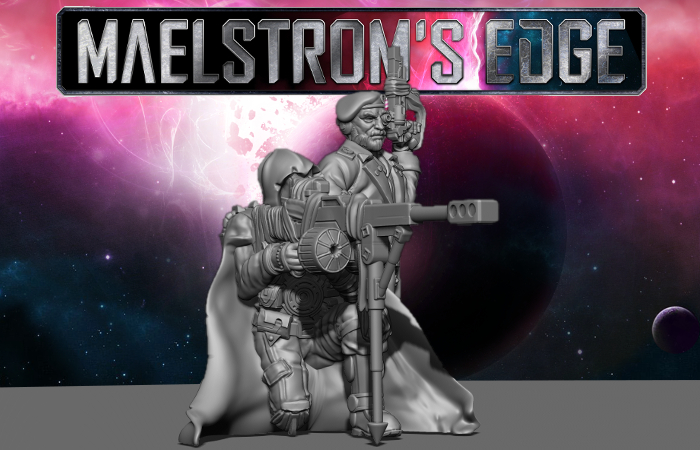
To stay abreast of releases and other news, visit our pages on Facebook and hit the 'Like' button!
StackaRack - Counting down to the Kickstarter
Posted on Monday Apr 05, 2021 at 05:00pm in StackaRack
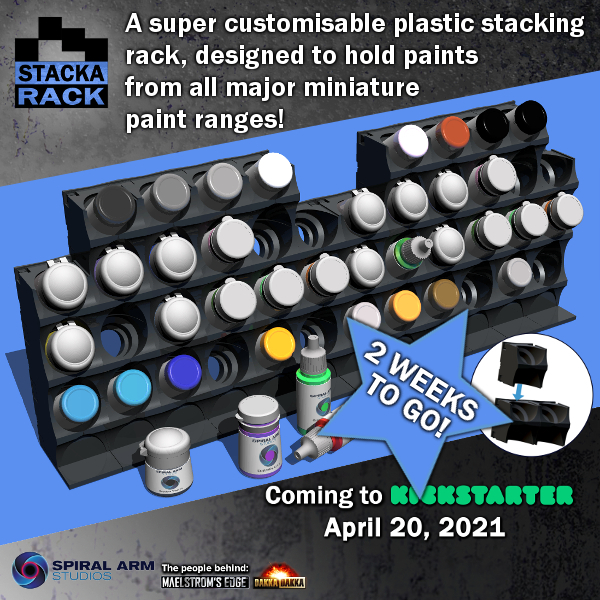
You can find the prelaunch page here. Click the 'Notify me on launch' button for a reminder when the project goes live.
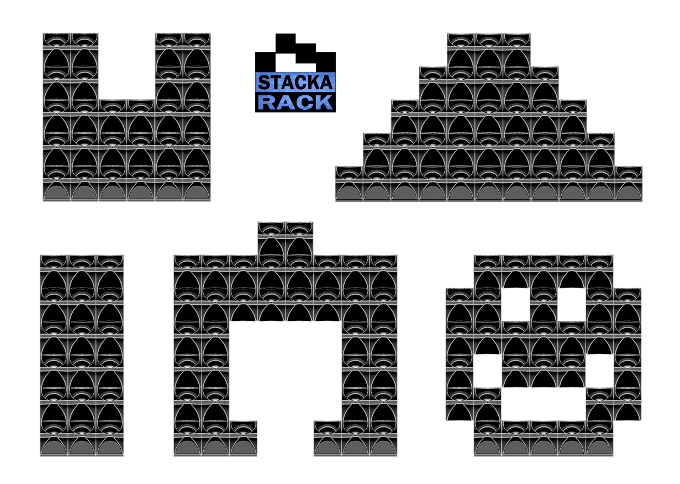
You can also find the StackaRack on Facebook here. Like the page for news and updates as they happen!
New Release: Epirian Contractor Support Drone
Posted on Monday Mar 29, 2021 at 05:00pm in Models
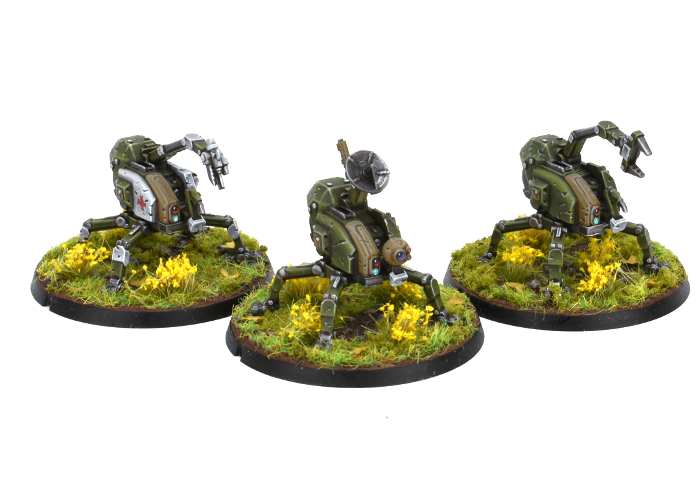
This resin kit is comprised of a Support Drone chassis, and optional parts to equip it to join any of three different Contractor unit types. The Recon Package is the standard gear for support drones utilised by Contractor Scout units. Contractor Engineers make use of tool-equipped drones to effect repairs on other damaged bots, while medical drones in Contractor Medic units patch up the force's less hardy human elements.
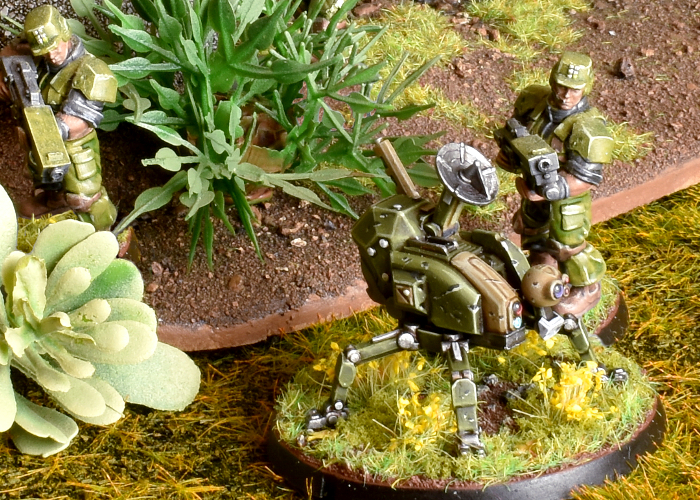
A recon drone surveys the battlefield for ongoing threats
The support drone is available now from the Maelstrom's Edge Webstore!
Also, don't forget to check out our upcoming StackaRack paint rack Kickstarter - You can find the details here.
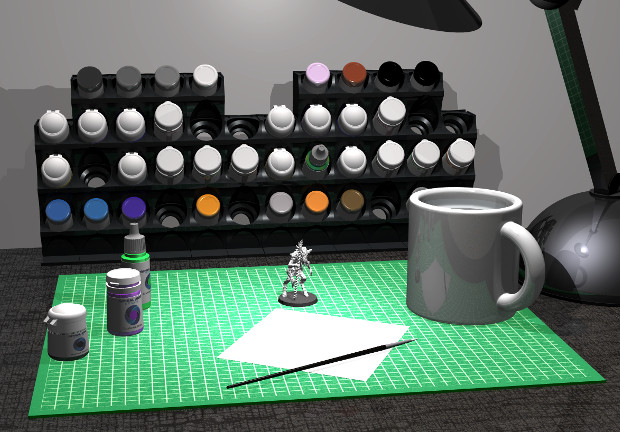
New Kickstarter from Spiral Arm Studios!
Posted on Monday Mar 22, 2021 at 05:00pm in StackaRack
We are currently working on a Kickstarter for a customisable plastic paint rack designed to hold any of the major miniature paint ranges - from the dropper bottles used by Vallejo and Army Painter, to the tall pots from the likes of Privateer and Reaper (and GW's old range), and the current stubby Citadel pots.
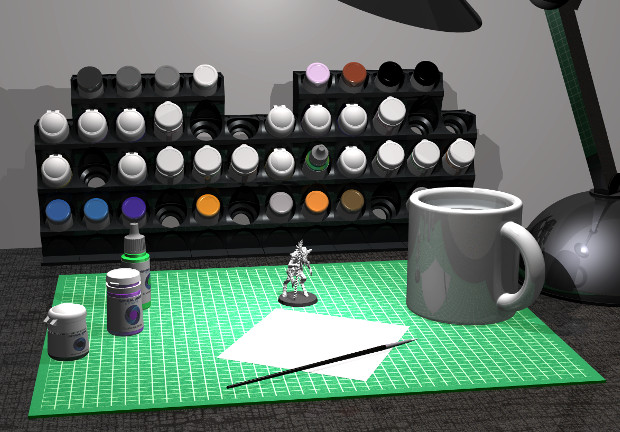
3D rendered serving suggestion
Paint collections have a way of growing organically, and most of the current paint rack solutions out there are fixed to specific configurations, and made for a specific type of paint pot. If you're like me, and collect multiple brands of paint, that can make organising them a little frustrating, and so we thought we would try to fix that.
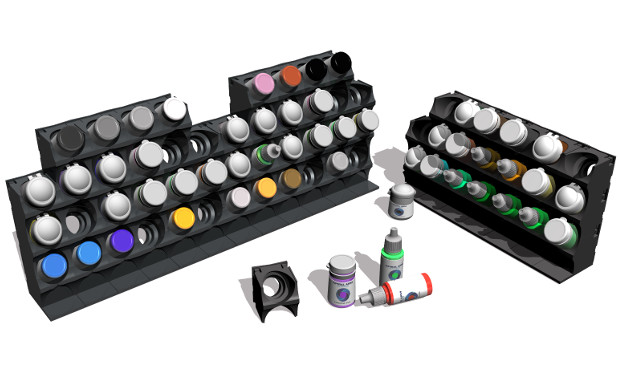
Rendered for your convenience
The StackaRack was designed to hold any of the above mentioned pots comfortably, and allows for dropper bottles to slot in either way up, to suit your preference. Made from injection moulded plastic, it will fit together with locking clips, allowing you to build it how you like, and disassemble and reconfigure it as needed.
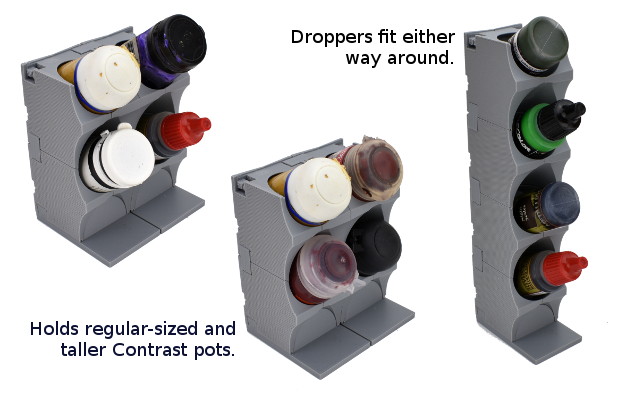
3D printed prototypes
The Kickstarter is scheduled to go live on the 20th of April. You can find the prelaunch page here. Click the 'Notify me on launch' button for a reminder when the project goes live.
You can also find the StackaRack on Facebook here. Like the page for news and updates as they happen!
Conversion Spotlight: Automated Uplink Relay, MkII
Posted on Monday Mar 08, 2021 at 05:00pm in Tutorials
When pursuing conflicts outside of its zone of control, the Epirian Foundation makes use of portable uplink drones that link to orbital satelites and airborne recon to provide battlefield intelligence and allow Bot Handlers to remotely interface with Epirian assets on the ground. The Battle for Zycanthus box includes a cardboard marker for the Automated Uplink Relay, but for those wanting a more 'solid' version, I shared a kitbash idea some time ago using parts from various Epirian plastic kits and metal tracks from a Bombshell Miniatures model. The arrival of the PDC Gun Carriage gave me an idea for an alternative, all-plastic version!
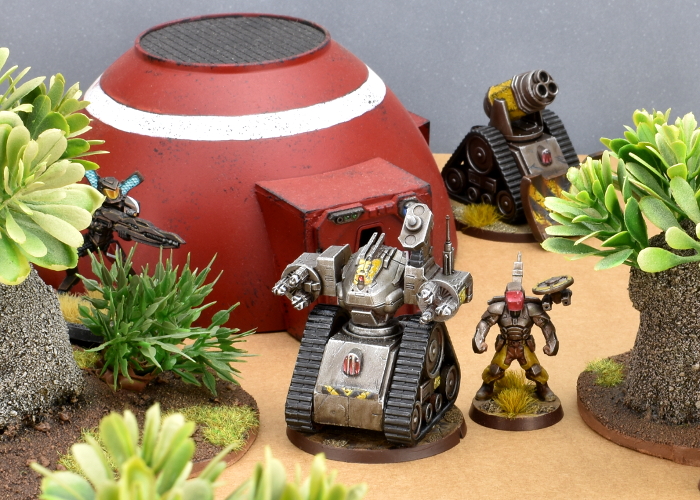
I made a few changes to the drone design this time around, with the most obvious one being the tracks. I built the track unit from the gun carriage as normal, although I trimmed off the lugs on the front that hold the dozer blade.
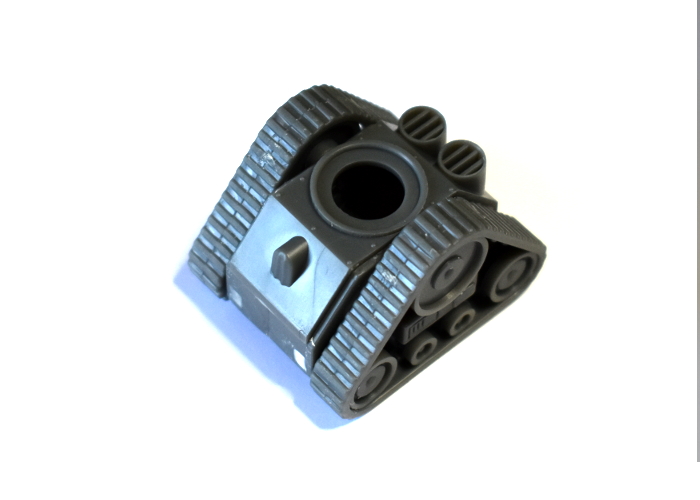
As with the original version, I used the body of an Epirian Hunter war mech, cutting apart at the waist with a razor saw.
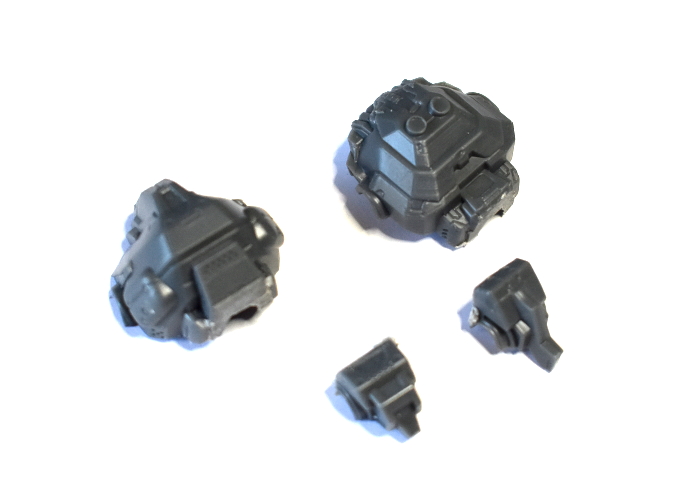
I gave the waist a rotating cuff by gluing on the round grill piece from the gun carriage, and added vanes on the head trimmed from a piece of thin plasticard.
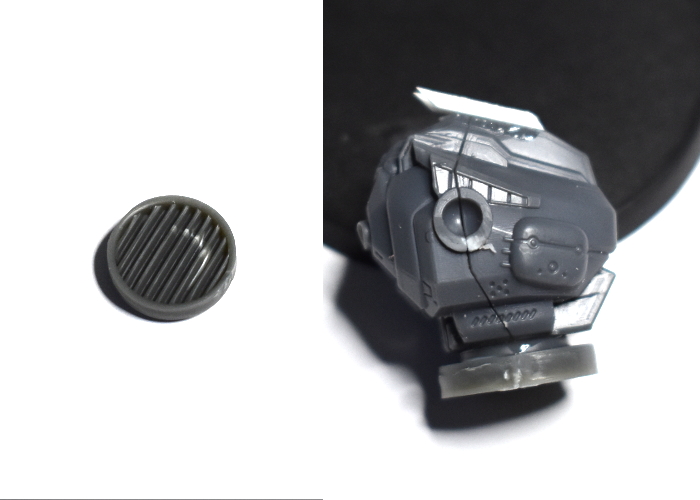
For the arms, I used the shoulders from the Hunter, with the upper arms trimmed off. I needed to glue a new piece for the weapon assembly onto the outer surface of the shoulder, so I sanded this down flat.
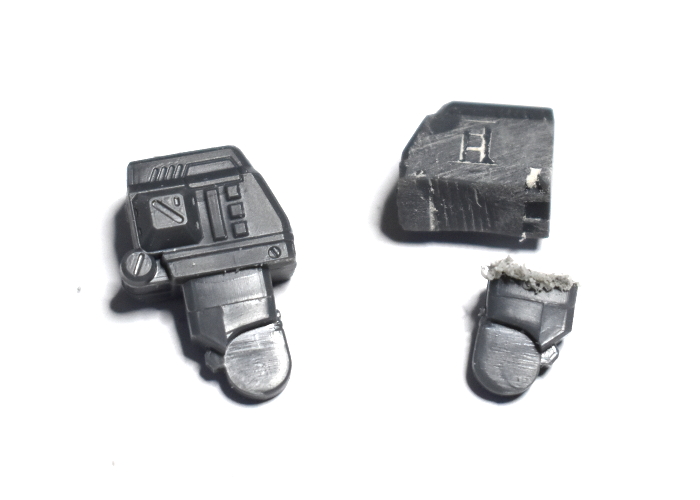
To make rotating cylinders for the tri-barreled Flakk Defense Battery, I used a couple of turbines leftover from the Epirian Spider/Firefly Drone kit. Because the kit makes either drone variant, if you have built any spiders, you'll have some of these laying around. I trimmed off the attachment peg and the wing.
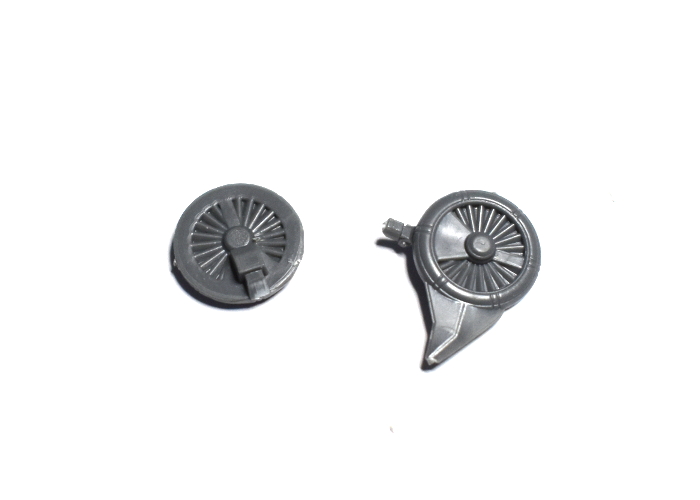
I used the Hunter's weapon casing forearms for the bulk of the flakk weapon casing, drilling out the attachment hole a little larger to accommodate the central hub on the drone turbine.
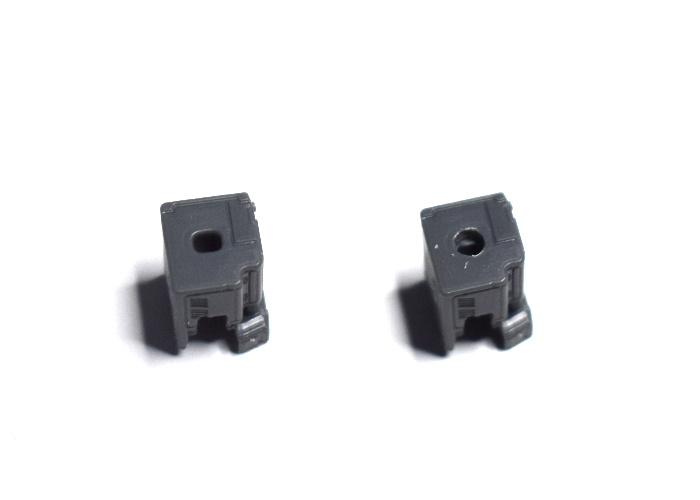
From there, I glued the weapon casings onto the outside of the shoulders, and the turbines onto the front of the casings. The barrells of the flakk weapon came from the drone kit, with the rear surface trimmed down flat and glued to the front of the turbine.
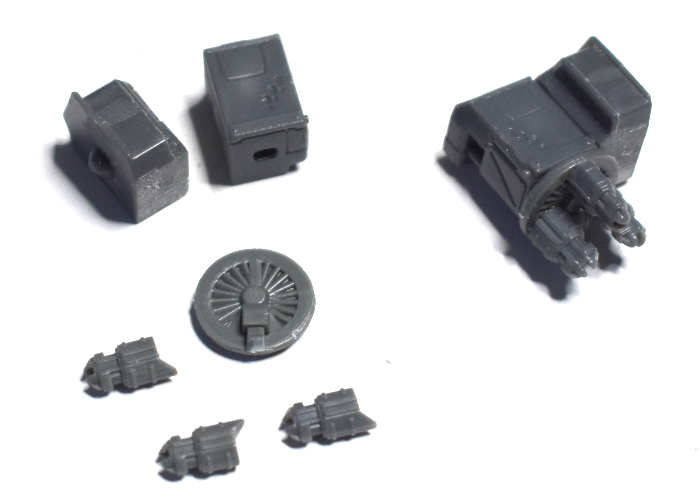
The last thing the Uplink Relay needed was the communications array. I used the 'spare' piece from the drone kit as a fixed arial, glued onto the top of the weapon casing on the left arm. I also assembled a signal dish using a trimmed Hunter foot and the back chassis piece from the drone kit. For the dish itself, I used the leg piece from the drone kit, with the legs themselves removed at the 'hip' pivot.
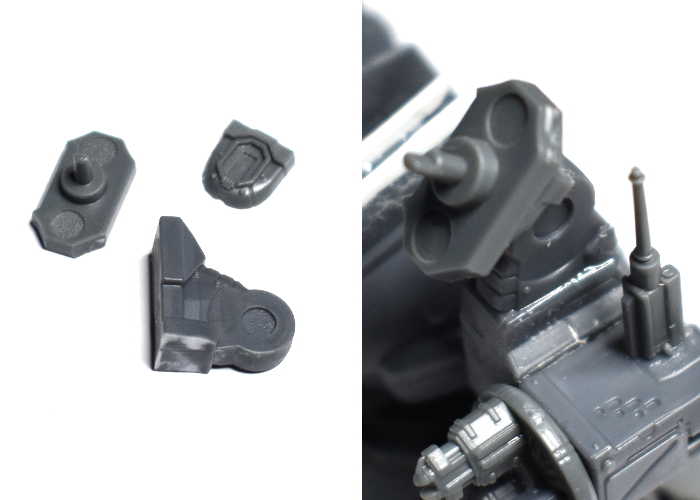
The assembled Automated Uplink Relay, ready for paint:
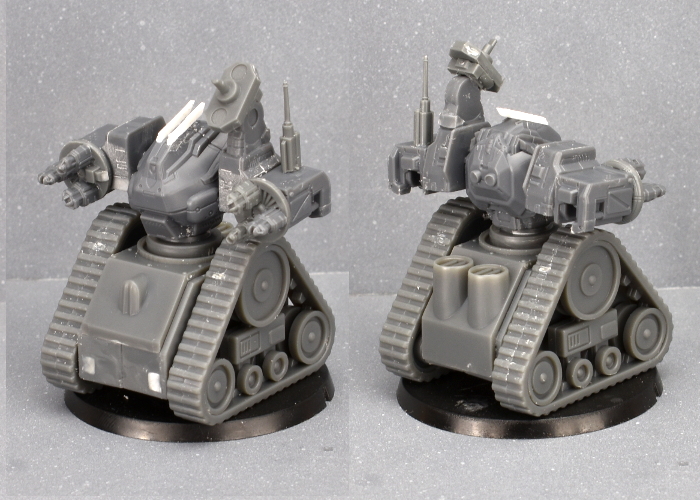
And the finished Relay, ready for the table:
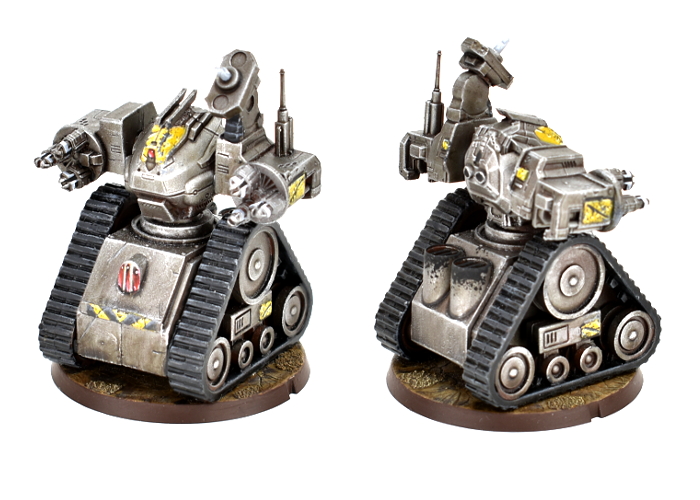
Put together your own Automated Relay of Uplinky doom by picking up the plastic Hunter, Drone and Gun Carriage kits, along with the rest of the Maelstrom's Edge range from the webstore here.
Then pop on over to the Comm Guild Facebook group to show us what you're working on!
For a host of building ideas, modeling tutorials, army spotlights and conversion walkthroughs, check out the Hobby section of the Maelstrom's Edge website here.
Tags: conversion epirian kitbash modeling spotlight tutorial
Model Release - The PDC Gaming Gun Carriage!
Posted on Monday Mar 01, 2021 at 05:00pm in Models
This fantastic gun carriage model was made by PDC Gaming for a Kickstarter campaign some years ago. It's a multipart plastic kit, that comes with options for a turreted or fixed-mount weapon, and a range of different weapons that slot into place on either variant.
Although not being sold as a part of the core Maelstrom's Edge range, this kit is useful for those looking for a plastic track unit for conversions, or wanting to add some heavier firepower to their games. For the latter, you can find an unofficial rules card for the Epirian 'Thunderbolt' sentry drone in our Force Lists section here, or included in the PDF download in the Rules section here.
The gun carriage is available from the Maelstrom's Edge webstore now!
And stay tuned for an upcoming conversion article from Iain, using one of these carriages and parts from the Epirian Hunter war mech to build an all-plastic Epirian Automated Uplink Relay.
Tags: conversion models releases
Restocks in progress!
Posted on Monday Feb 22, 2021 at 05:00pm in Models
With London going through several lockdowns, keeping stock levels maintained in our warehouse has proven somewhat challenging, and as a result several products over the last few months have either run out or sunk dangerously low. The good news is that with things gradually easing up locally, we're now getting this all caught up again! Everything on the webstore aside from the largest of our base sizes is now back in stock!
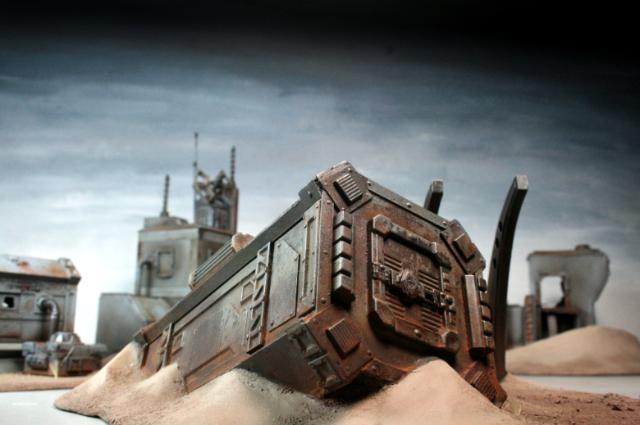
Bases will return once we receive a currently in-progress production run, which will also include some new base sizes - part of our set-up for the new models on the release schedule for this year!
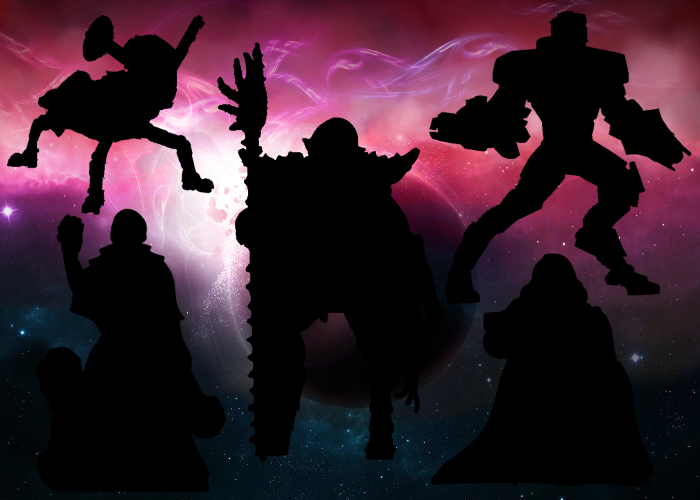
Stay tuned for new release models, coming very soon! In the meantime, you can pick up the entire Maelstrom's Edge range (aside from those pesky large bases) from the online store here!
Thanks for reading!
Edgepieces - Preview (also) Feb 2021
Posted on Monday Feb 15, 2021 at 05:00pm in Models
While the ongoing disruptions to everything all over the place continue to wreak havoc with our release schedule, we're still plugging away at a number of projects in the background. New models are on the way for every existing faction, and a new danger is stirring on the Edge. We're also working on a separate, hobby-related project that we're very excited to share with you all as soon as we can...
Our current priority is to get the current out-of-stock products on the webstore replenished as soon as possible (hopefully later this week!) and the we should be in a position to start rolling out some new models once again. In the meantime, here's another sneak peek at some of the things coming down the pipeline!
Stay tuned!
Hobby Basics: Applying Static Grass
Posted on Monday Feb 08, 2021 at 05:00pm in Tutorials
Time for some more hobby basics! Last time around, we ran through how to apply a basic sand texture to your bases. Now it's time to finish them off, with an article covering how to apply static grass. Find it here!
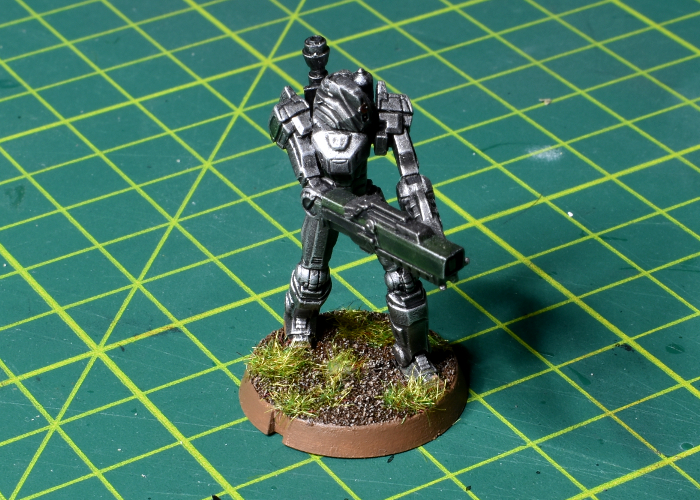
Stay tuned for more!
Edgepieces - Preview Feb 2021
Posted on Monday Feb 01, 2021 at 05:00pm in Models
After last year's disruptions to ... well, everything, we were all set to launch the new year with some of the backlog of models that we have been quietly working on in the background. Unfortunately, the new year actually started out with large chunks of the UK going back into lockdown, and everything sadly came once more to a screaming halt. So we have models, we just need to get them to where they need to be, and get some studio versions painted up, and this will happen as soon as we can make it so.
In the meantime, here's another sneak peek!
Stay tuned!
Hobby Basics: Basic Basing
Posted on Monday Jan 25, 2021 at 05:00pm in Tutorials
Time for some more hobby basics! In this latest addition to the article library, we're running through how to add and paint basic sand texture to your miniature bases. You can find the article here!
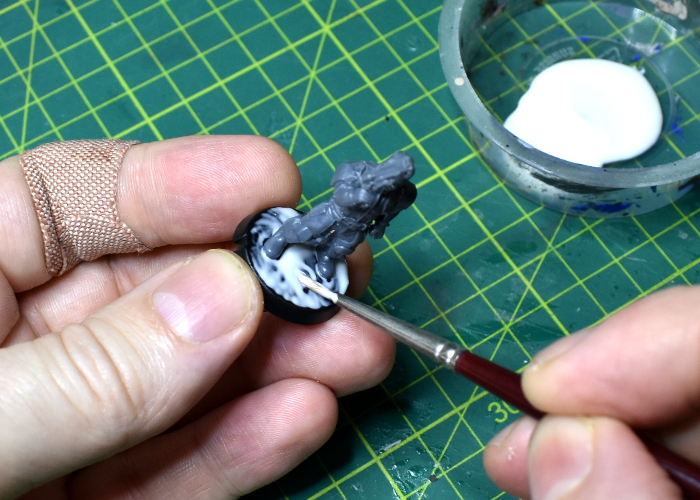
Stay tuned for more!
Karist Secret Cache Objective Marker Kitbash
Posted on Monday Jan 18, 2021 at 05:00pm in Tutorials
In games of Maelstrom's Edge, along with whatever objectives apply to the mission being played, each faction has an additional themed objective of their own. For the factions in the Battle for Zycanthus box, there are cardboard counters to use as faction objective markers, but it's always nice to have physical models to represent them instead. I shared a conversion some time ago for a kitbash of the Epirian's Automated Uplink Relay Drone (with a new, all-plastic version of this build coming up in a future article very soon!), and this seemed like a good time to balance things out with a Secret Cache marker for the Karist Enclave!
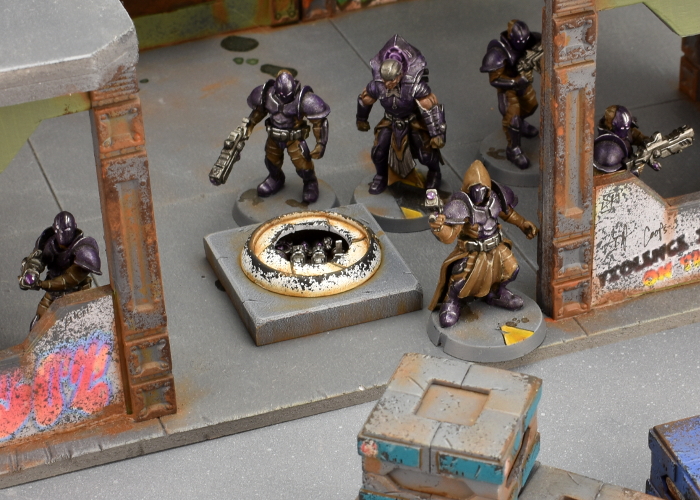
I was looking at the Maelstrom's Edge terrain sprue for a completely different project when it occurred to me that the iris hatch was a nearly perfect size for the Karist objective. The Secret Cache is a small objective, which means a model to represent it goes on a 25mm base, and as it happens, the iris is 25mm in diameter. So as an incredibly quick and easy option, you could just use the iris portal as-is. To keep things accurate, you can measure to the iris, ignoring the surround, or if your opponent agrees you could just measure to the outer edge of the portal, making it a 30mm objective marker instead of 25.
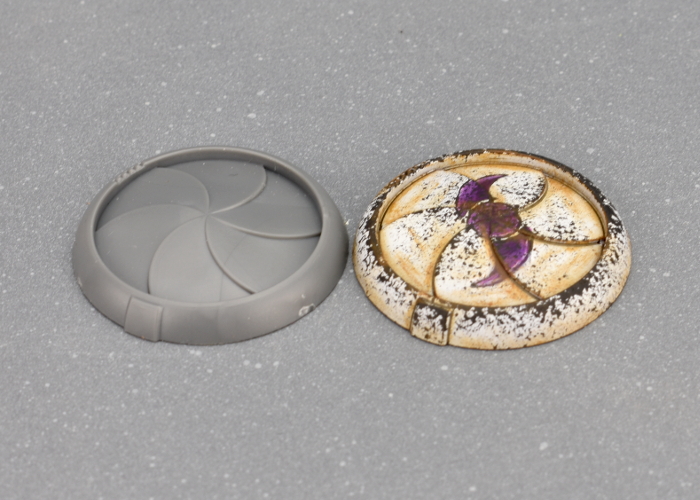
For a slightly more elaborate version, I took a portal and used a 16mm spade bit to drill out the middle of the iris.
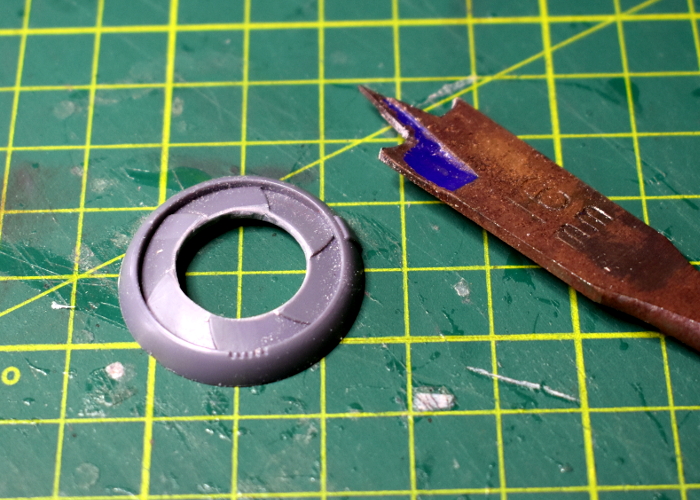
Wrapping a small piece of sandpaper around my index finger, I flipped the portal over and sanded around the underside to make it concave.
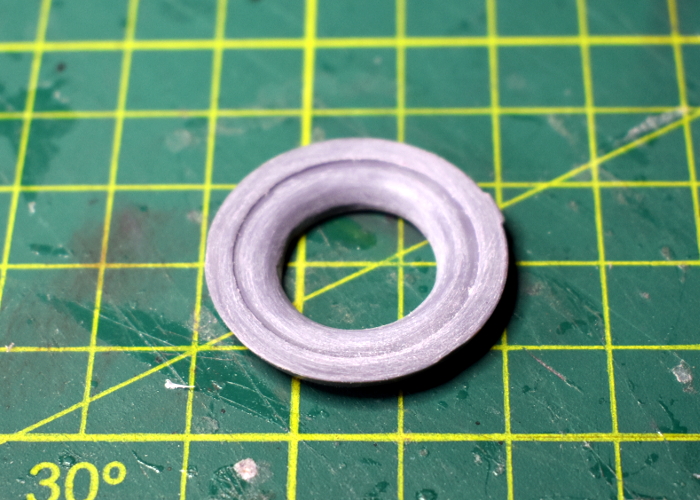
To make the base of the cache piece, I cut a small square of 6mm foamed PVC, and then drilled most of the way through the middle of it with a 25mm spade bit, before giving it a light sand.
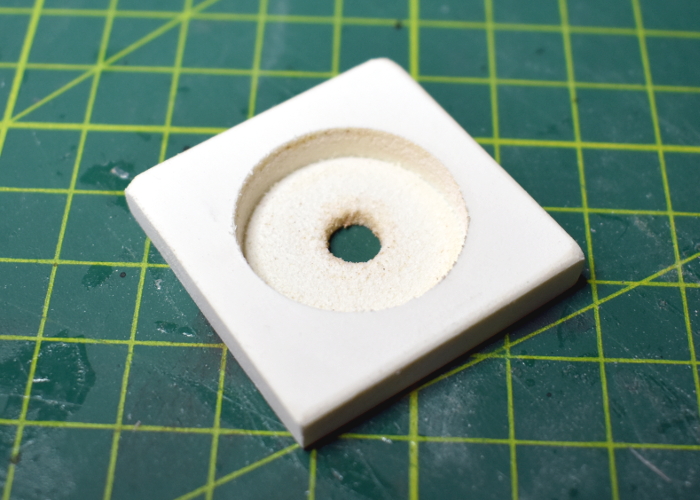
To fill the cache, I took a bunch of assorted Karist weapons from the Faction Expansion Sprue. I trimmed the bottom of the rifles down flat, sanding the bottom so that they fit neatly inside the cache cavity. If you don't have the expansion sprue handy, you could also just use spare weapons from the Karist Trooper sprue, cutting the hands off the bottom - either way, the bottoms of the weapons won't be visible once the cache is sealed up, so either way works just fine.
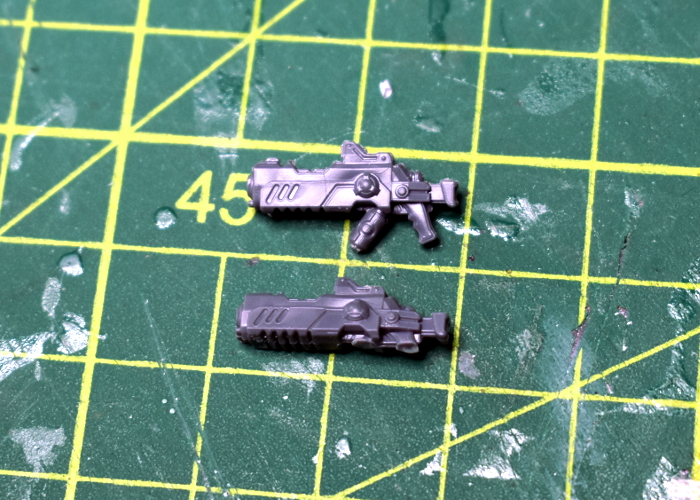
I glued the rifles in place, and then filled the space around them with grenades and a couple of ammo drums cut from grenade launchers. I also glued a small circle of plasticard into the drill bit guide hole in the bottom of the cache.
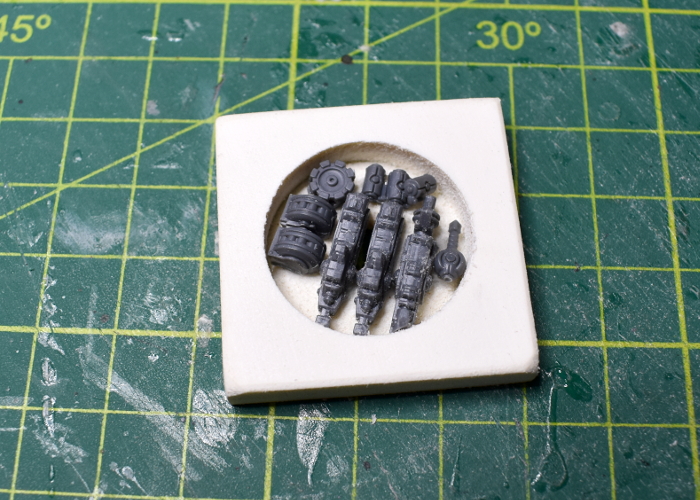
The final step before painted was to check that the portal fit neatly on top. At this point, I also used a hobby knife to cut some vertical lines into the inside of the hole in the iris, to delineate the tips of each petal. I left the portal separate for painting, gluing it in place at the end.
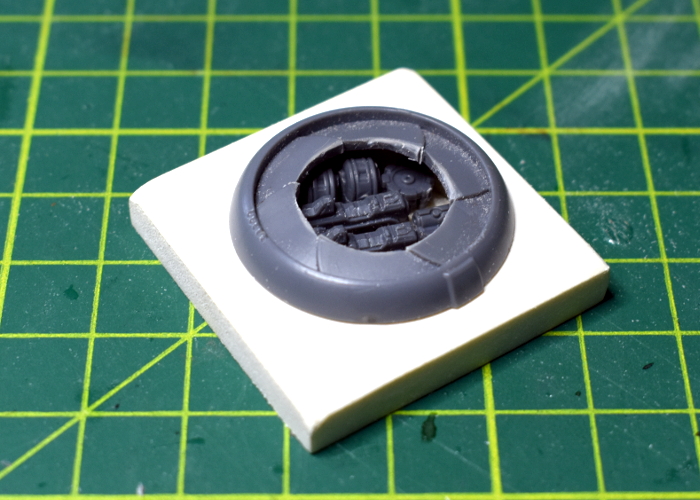
And speaking of painting, with some colour on the portal wound up looking like this:
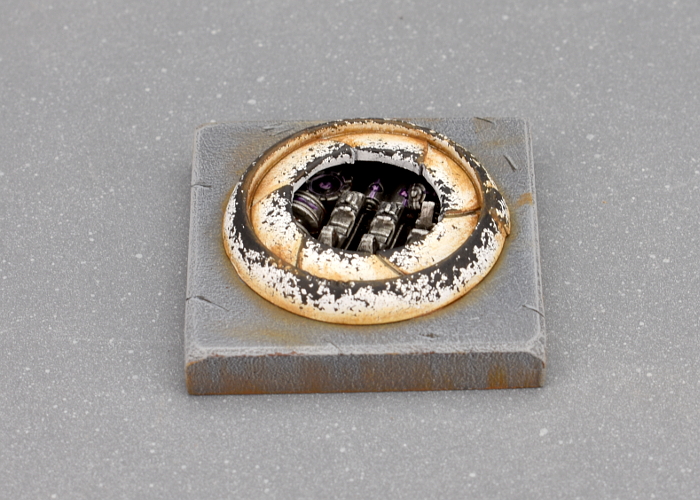
Put together your own secret cache of pre-prepared doom by picking up the plastic terrain sprue, along with the rest of the Maelstrom's Edge range from the webstore here.
Then pop on over to the Comm Guild Facebook group to show us what you're working on!
For other building ideas, modeling tutorials, army spotlights and conversion walkthroughs, check out the Hobby section of the Maelstrom's Edge website here.
Tags: conversion karist modeling objective terrain terrainsprue tutorial walkthrough
Terrain Spotlight: Aircon Ducting Barracks
Posted on Monday Jan 11, 2021 at 05:00pm in Tutorials
Over the Christmas break, I found myself in a local hardware store picking up some supplies for a few jobs around the house, and as so often happens I got a little distracted by random pieces of plastic. As a result, this week's modeling article is a sci fi barracks building made from components from the Maelstrom's Edge terrain sprues and a piece of plastic air conditioner ducting!
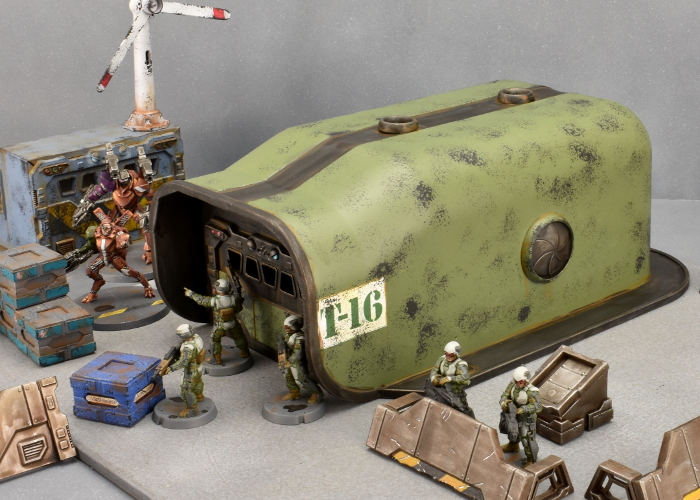
I have plundered the aircon ducting display before, resulting in a battlement-roofed bunker (which you can see here). This time around, I had picked up a longer piece that is usually used to cover over the spot where cables or drain hoses turn to go through a wall.
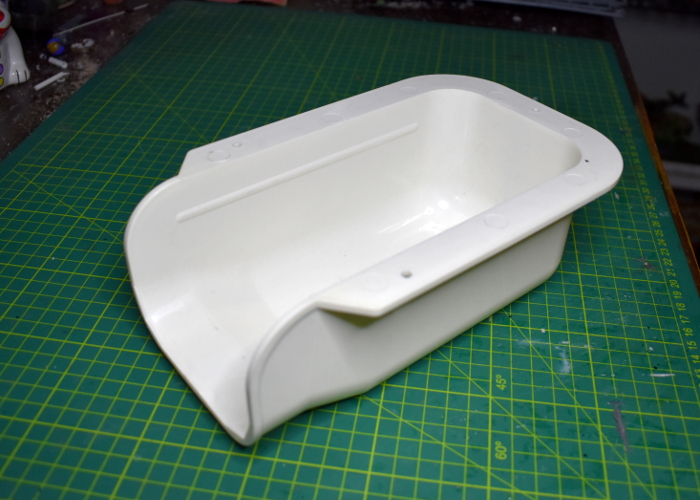
Because the shape was so perfect as is, there was very little that needed doing here, but it did need a front wall. For this, I used a piece of 3mm foamed PVC. Sitting the ducting end-on on top of the PVC, I traced around the inside with a pencil to get an accurate cutting pattern for the wall.
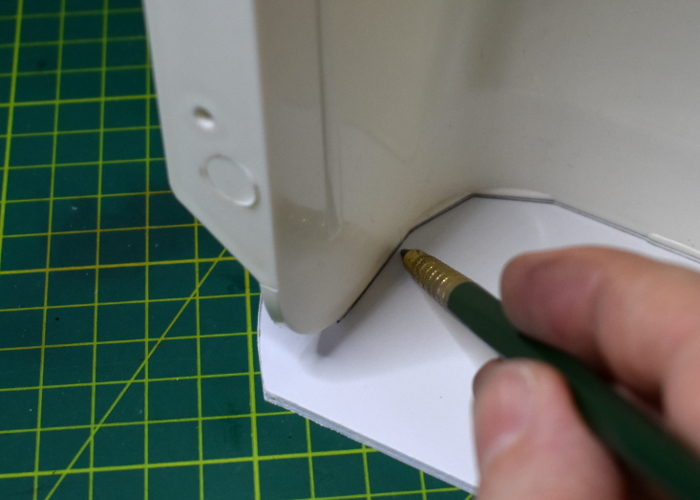
In the middle of the wall piece, I cut a rectangle to fit the garage door from Terrain Sprue #1.
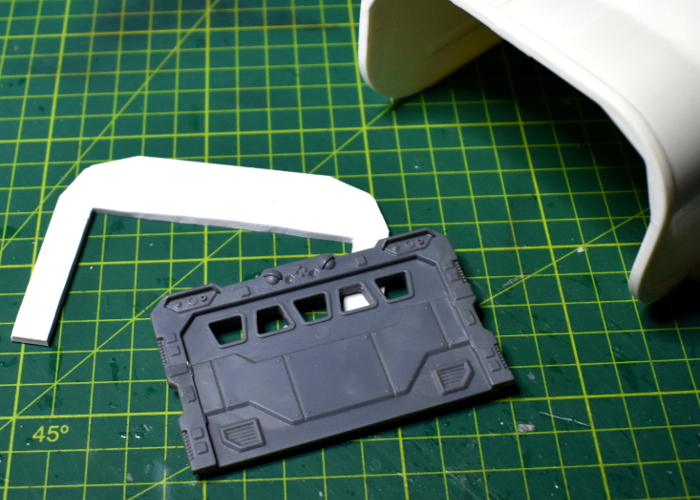
Before gluing everything in place, I gave the ducting a light sand all over. This breaks up the shiny outer surface of the plastic, allowing glue and paint to stick better. With that done, I glued the front wall in place inside the ducting, and added some iris windows and exhaust fans from Terrain Sprue #2 for some extra detail.
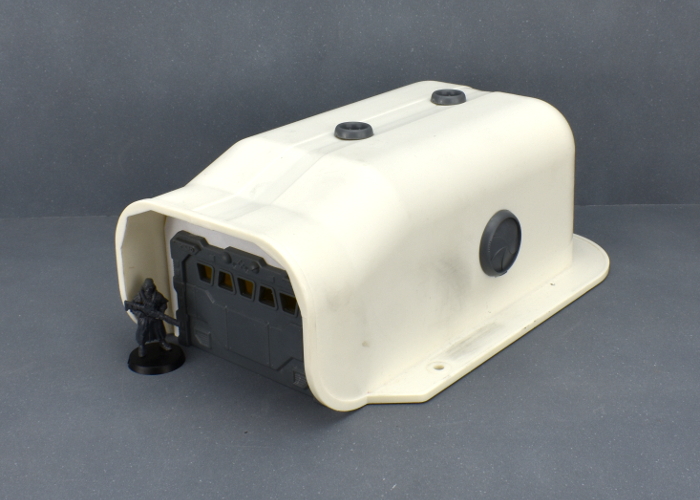
I decided against adding a base, as it didn't really seem necessary. The flange around the ducting makes it nice and stable on the tabletop, and this way it will fit in with whatever style of battlefield I choose to plonk it onto.
So, with some paint on, the barracks looks like this:
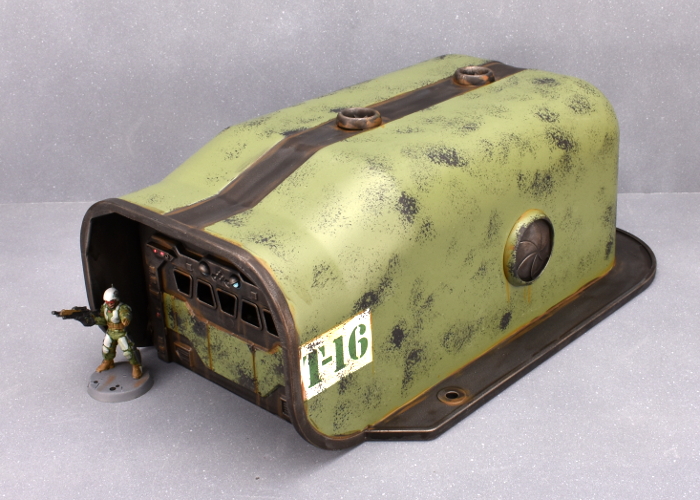
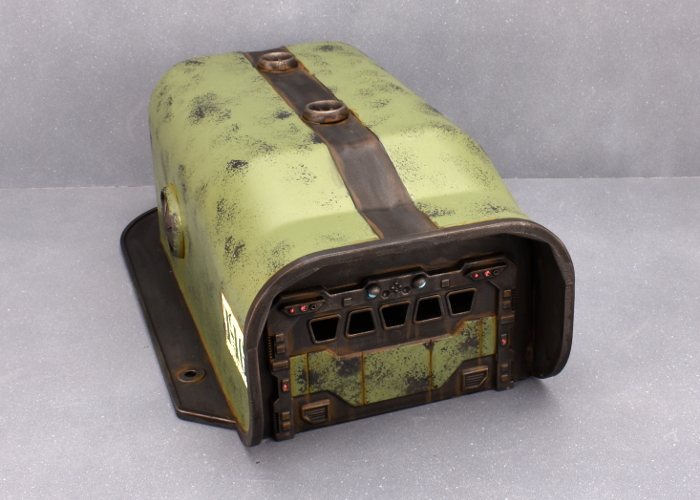
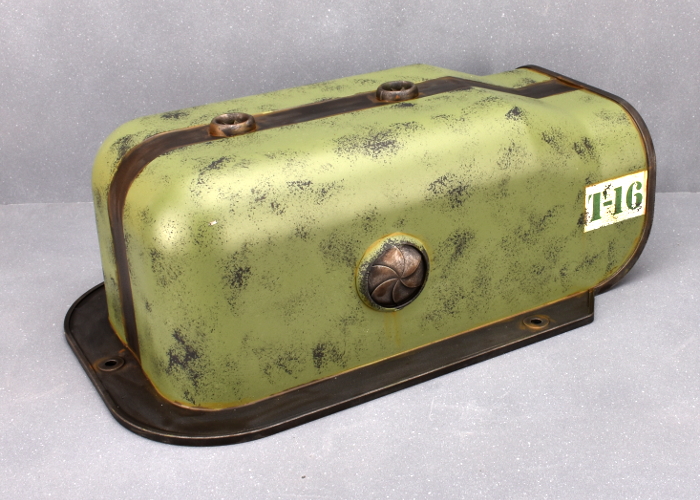
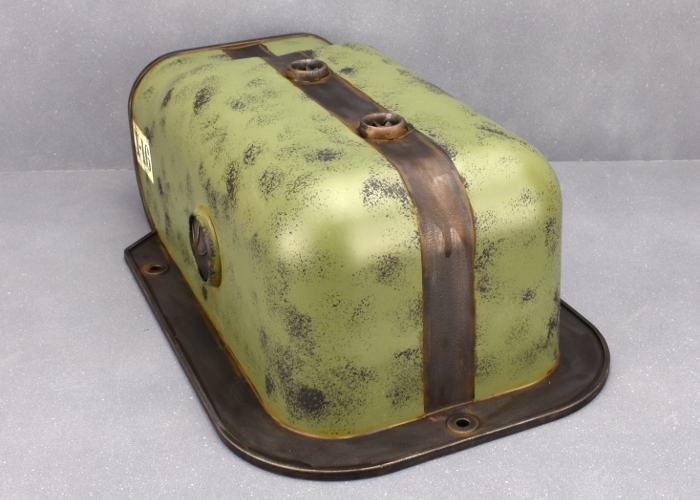
Put together your own sci fi barracks (of doom?) by picking up the plastic terrain sprues, along with the rest of the Maelstrom's Edge range from the webstore here.
Then pop on over to the Comm Guild Facebook group to show us what you're working on!
For other building ideas, modeling tutorials, army spotlights and conversion walkthroughs, check out the Hobby section of the Maelstrom's Edge website here.
Tags: buildings modeling terrain terrainsprue tutorial walkthrough
